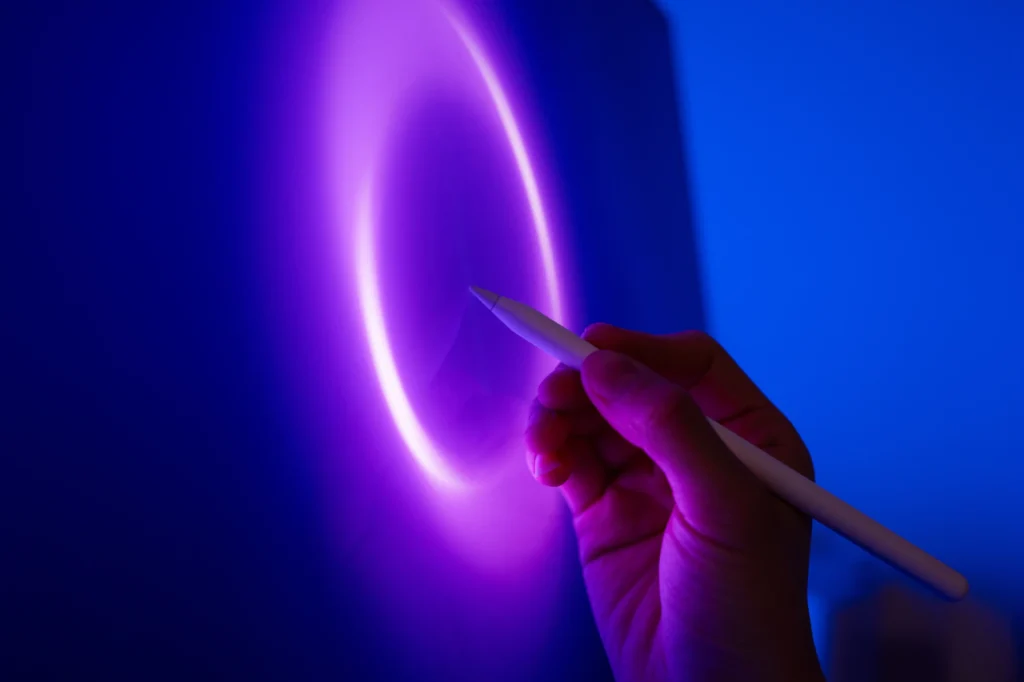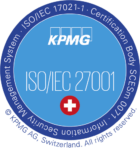The Simple Electronic Signature – your everyday signature
Swiss and European laws recognise three different types of electronic signatures.
By signing all kinds of documents electronically, companies can finally make their processes completely paperless. Important procedures, such as signing a rental agreement, become simpler, significantly faster, and ultimately more cost-effective.
A signature is a signature. So why does the law define three different electronic signatures (or signatures in general)? Is the government trying to make things unnecessarily complicated again? Absolutely not. Even in the paper-based world, there are different legal requirements for signatures. To make electronic signatures applicable in real life, the corresponding parliament law which bears the cumbersome name of ZertES has defined three different forms: the Simple Electronic Signature (SES), the Advanced Electronic Signature (AES), and the Qualified Electronic Signature (QES).

The simple electronic signature
The Simple Electronic Signature is indeed simple. One could even create it autonomously, for example, by scanning their handwritten signature and inserting it into the designated field in a PDF, or by just typing their name in an email. However, it offers little security because the recipient of such a document cannot be 100% sure that the signature actually belongs to the person who claims to have signed it. Nor can they verify whether the person is authorized to sign (for example, on behalf of a company) or whether the signed document is even authentic. Nevertheless, it can be used for all types of agreements where no specific form is required. And that applies to most cases.
That said, creating signatures manually is not worth the effort. Apps and services like DeepSign and DeepID provide company employees simple ways to register and verify their identity, allowing them to create digital signatures at a very competitive cost. This brings major benefits: documents signed with a SES have a timestamp, so recipients can know exactly when a document was created. Additionally, at least the signer’s email address is recorded during the signing process.
When is a Simple Electronic Signature sufficient?
The Simple Electronic Signature is sufficient for most private-sector contracts—specifically, in cases where neither the law nor an agreement between the parties explicitly requires a written form or notarization. Employment and rental contracts, for example, can also be finalised verbally. However, apprenticeship contracts—designed to protect apprentices—cannot. They must be finalised in writing, as do employment contracts that contain provisions requiring a written agreement.
Long-term and open-ended rental contracts, however, are so significant that most landlords and tenants increasingly prefer a qualified electronic signature. Find out more about this in our article on the qualified electronic signature.
For standard purchase agreements, order confirmations, offers, service provision contracts, and much more, the simple digital signature is an efficient tool that creates the ideal level of trust.
Massively increased efficiency
The advantages of using Simple Electronic Signatures are straightforward. If you want to establish trust by signing documents, you no longer need to print and scan them. Within a company, streamlined processes can be designed for signatures—such as for offers, order confirmations, and invoices—that simplify and streamline the workflow.
Two are the factors that make digital signatures truly efficient in workflows. For example, DeepSign digital signing is integrated into many business applications, allowing users to sign documents directly from programs such as Outlook, Gmail, Word, Excel, etc. Second, the dedicated DeepSign smartphone app available for iOS or Android enables document signing anytime and anywhere. This is especially important in companies where only certain individuals are authorized to sign critical documents. For instance, a busy manager can review and sign documents on his way home on the train after an important meeting.

